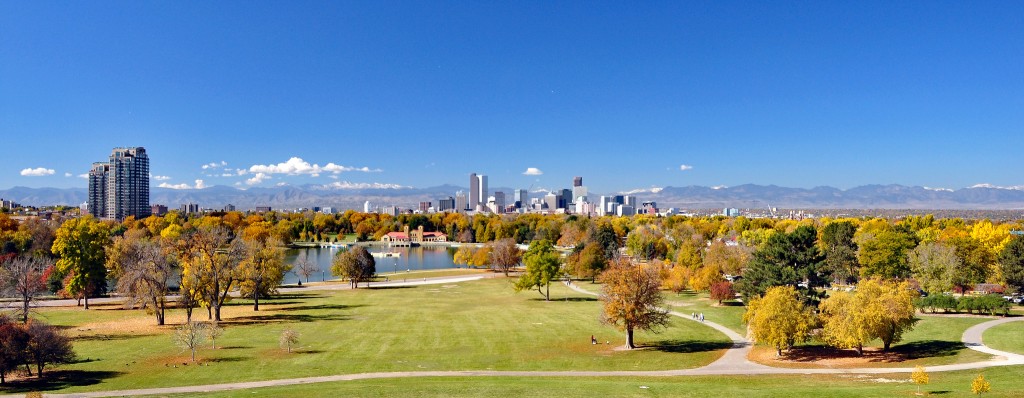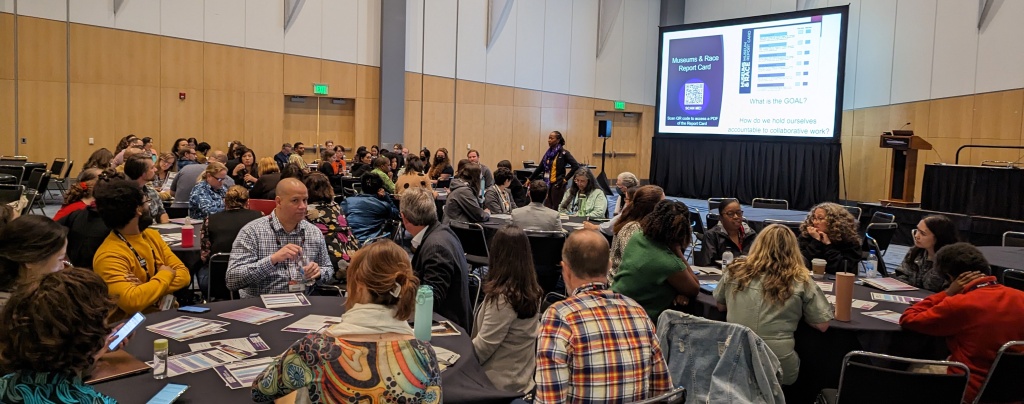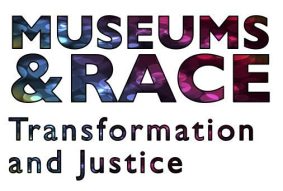
Like some of you, we were in Denver last month and were able to connect with many old and new friends, building relationships necessary for racial equity work. We had some fantastic engagements with individuals who were at the American Alliance of Museums annual meeting with us, and we have spent time over the last month thinking about all that was learned. While there is much that remains to be done it is worth acknowledging that there really is progress being made at a local level across the country, and that should be celebrated.
The session we led was particularly productive, and gave us the opportunity to interact with individuals and institutions engaged in the work of racial equity. About 70 of the participants shared the work they were doing in this regard at their institutions which left us all feeling energized and empowered.

We began the session by asking everyone to share their perspectives on the progress made/not made within the Museum field so far, in terms of racial equity. As the conversation deepened, we broke the participants into smaller groups where they engaged in the TRIZ activity. This activity had them identify some of the worst case scenarios for the museum field, whether anything at their institution resembled or contributed towards these possible scenarios, and what the first steps to addressing those issues could be.
Group 1
- Making decisions based on fear
- Being [un]able to have the hard talks
- Making content decisions […] solely on the funding/donors
There were some really great ideas and good discussion around negative scenarios ranging from maintaining the status quo to changing laws that disallow conversation about race. This feels dishearteningly possible with the increasing politicization of school curriculum in certain states across the United States. Engaging in the session and its activities however, gave everyone a sense of the community that is growing around this work and left the attendees feeling hopeful and believing of the changes that could be made in the organizations. They walked away with concrete ideas from their fellow attendees and tools like the Museums & Race Report Card.
For those just starting on this journey, the work can feel daunting. It’s good to reflect on the successes others have had, and how they can act as guideposts on this journey. These stories of progress can be mirrored at other institutions for positive impact. We are in contact with a couple of organizations that you’ll be hearing from later this year around the great work they are doing. Our next blog post will be about one such organization which has concretely implemented equity practices at an institutional level. Keep an eye out for it!
And lastly if you have a story to share about equity work in your organization, please let us know online or through email and we can work with you to make a post as well.

